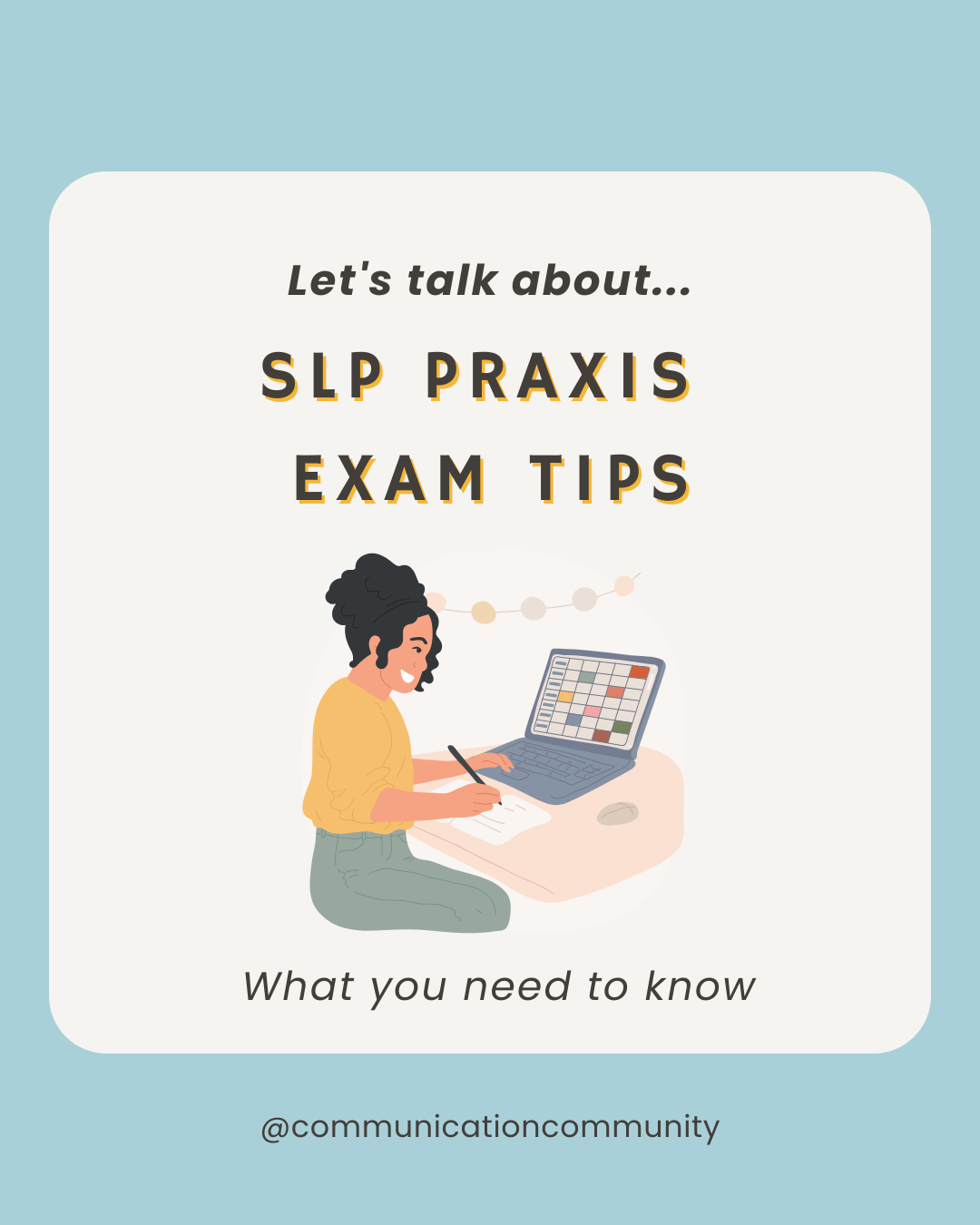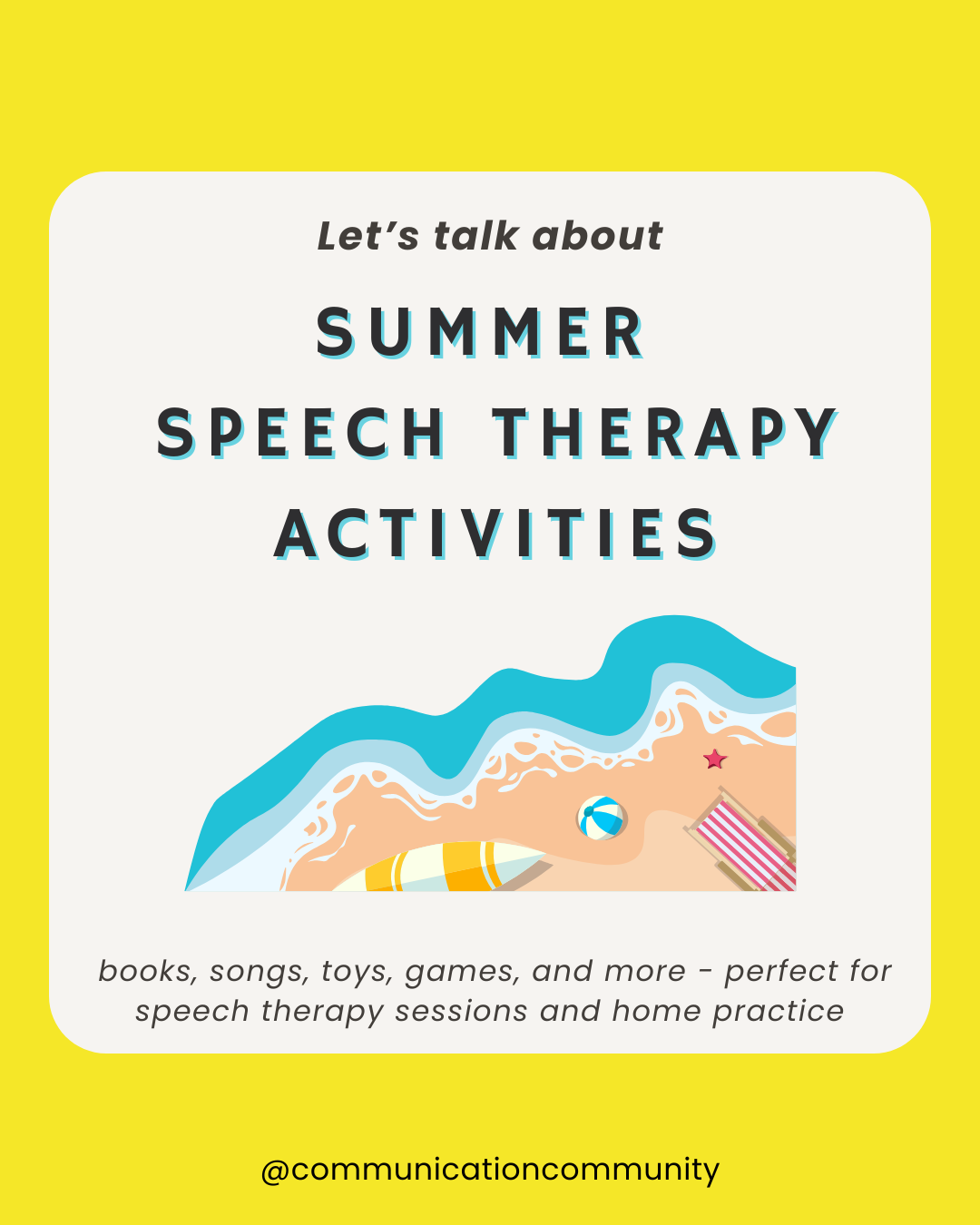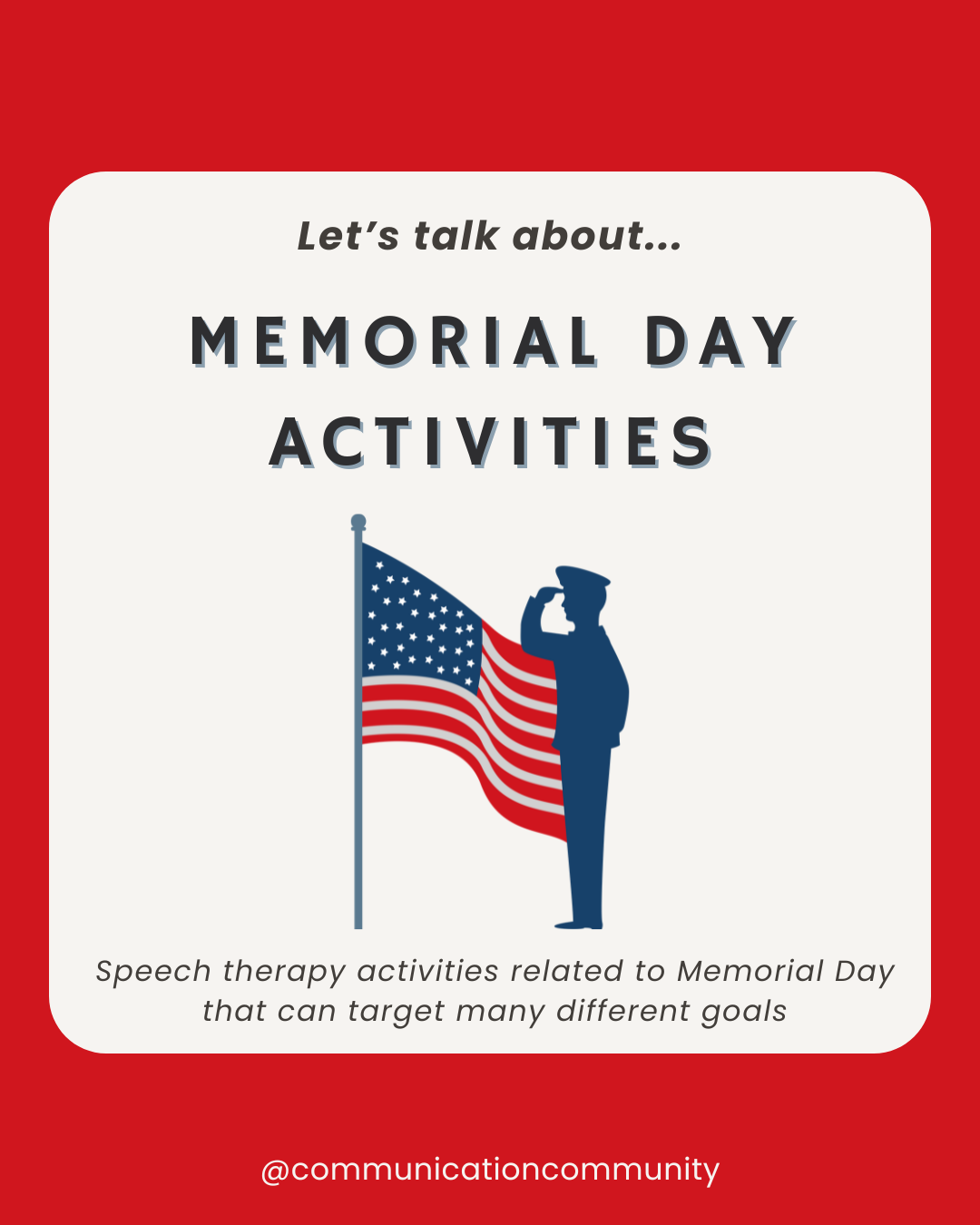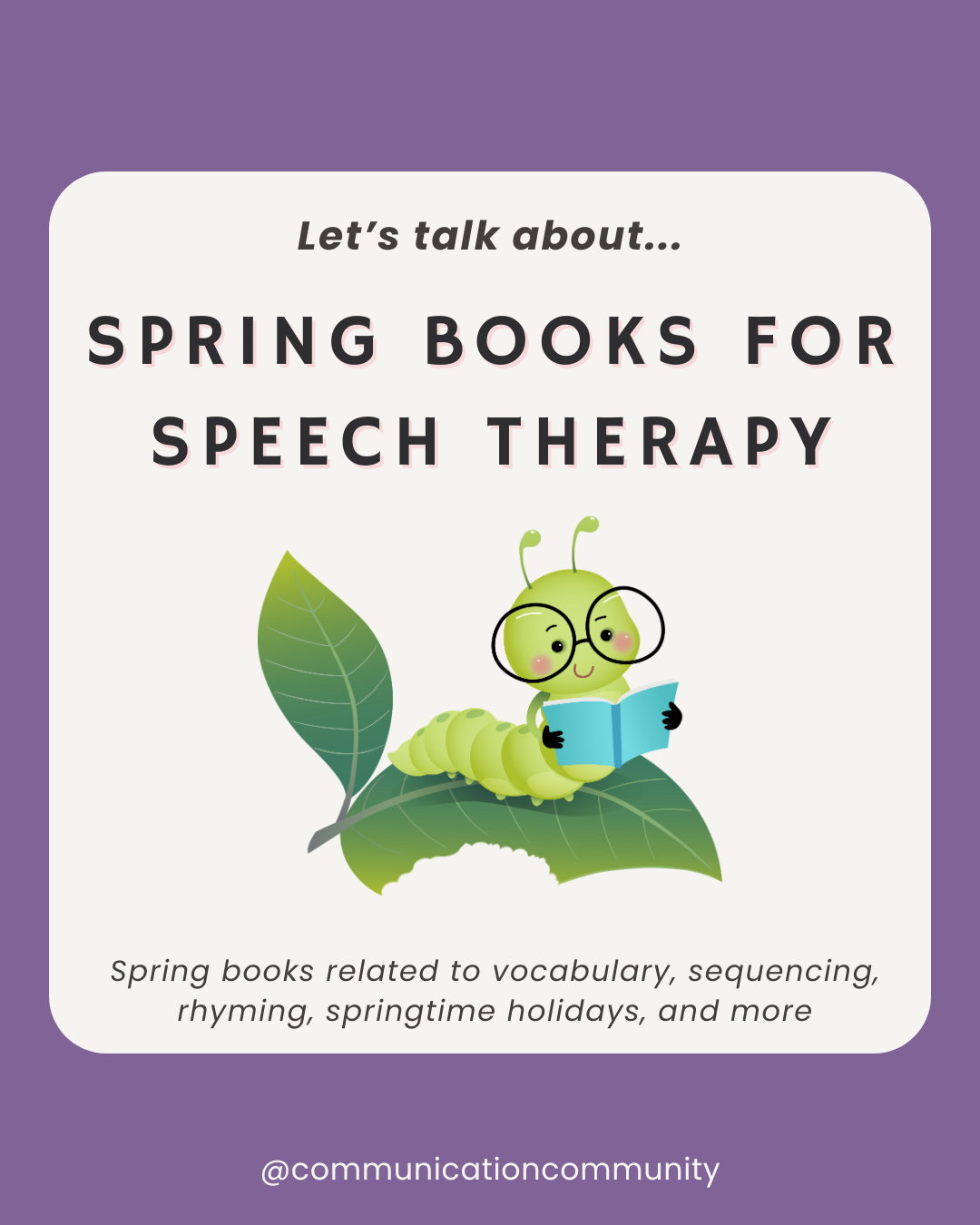Aphasia is a communication disorder that affects one’s ability to understand and/or express speech and language. It does not affect one’s intelligence.
Aphasia is always secondary to a brain injury of some kind and is not genetic in nature. Depending on the region of the brain that is impacted, it can affect each person in different ways. Most often, aphasia affects the left hemisphere of the brain. Our left hemisphere houses the centers that help us understand and express speech and language.
Causes of Aphasia
As mentioned above, a person can be diagnosed with aphasia because of a brain injury they’ve sustained. Aphasia often develops in older individuals because its most common occurrence is following a stroke. That is one of the reasons why patients who have experienced a stroke receive an array of cognitive assessments during their follow-up care. However, aphasia is not exclusive to older populations. Of course, strokes can affect individuals across the lifespan and the same goes for other brain traumas.
Some additional common causes of aphasia include:
- Traumatic brain injury (TBI)
- Brain infections
- Brain tumors
- Cognitive effects from degenerative diseases
What is Aphasia? Explained by the National Aphasia Association
Signs and Symptoms of Aphasia
The brain is complex, which means that depending on where the damage was sustained, aphasia can look very different across different patients. That is also to be said about the severity of aphasia. For a severe brain injury that has affected a large region of the brain, one may present with an assortment of speech and language difficulties. On the other hand, for a mild brain injury, the opposite may be the case. Despite the broad spectrum of symptoms of aphasia, word finding difficulties seem to be the hallmark of the disorder. Word finding difficulties are considered difficulties when retrieving the names of people, places, events, or things.
Some additional symptoms can include (but are not limited to):
- Difficulty understanding what others are saying
- Difficulty generating words or sentences you want to say
- Difficulty understanding jokes or figurative language
- Difficulty reading
- Difficulty writing
- Difficulty understanding or using numbers and symbols
- Using word substitutions, e.g., saying “paper” for “pencil” (can be semantically related or unrelated)
- Using words/phrases that are made up
Types of Aphasia
Generally speaking, aphasia is often categorized into two broad types: receptive and expressive. Receptive (fluent) aphasia is having primary difficulty understanding spoken language or reading. Expressive (non-fluent) aphasia is having primary difficulty producing spoken language or writing. However, in some severe cases, patients can demonstrate presence of both types.
To help better understand the more comprehensive classification system for aphasia (it should be noted that different organizations also classify differently), we’ve included a chart below to outline some of the main types of aphasia:
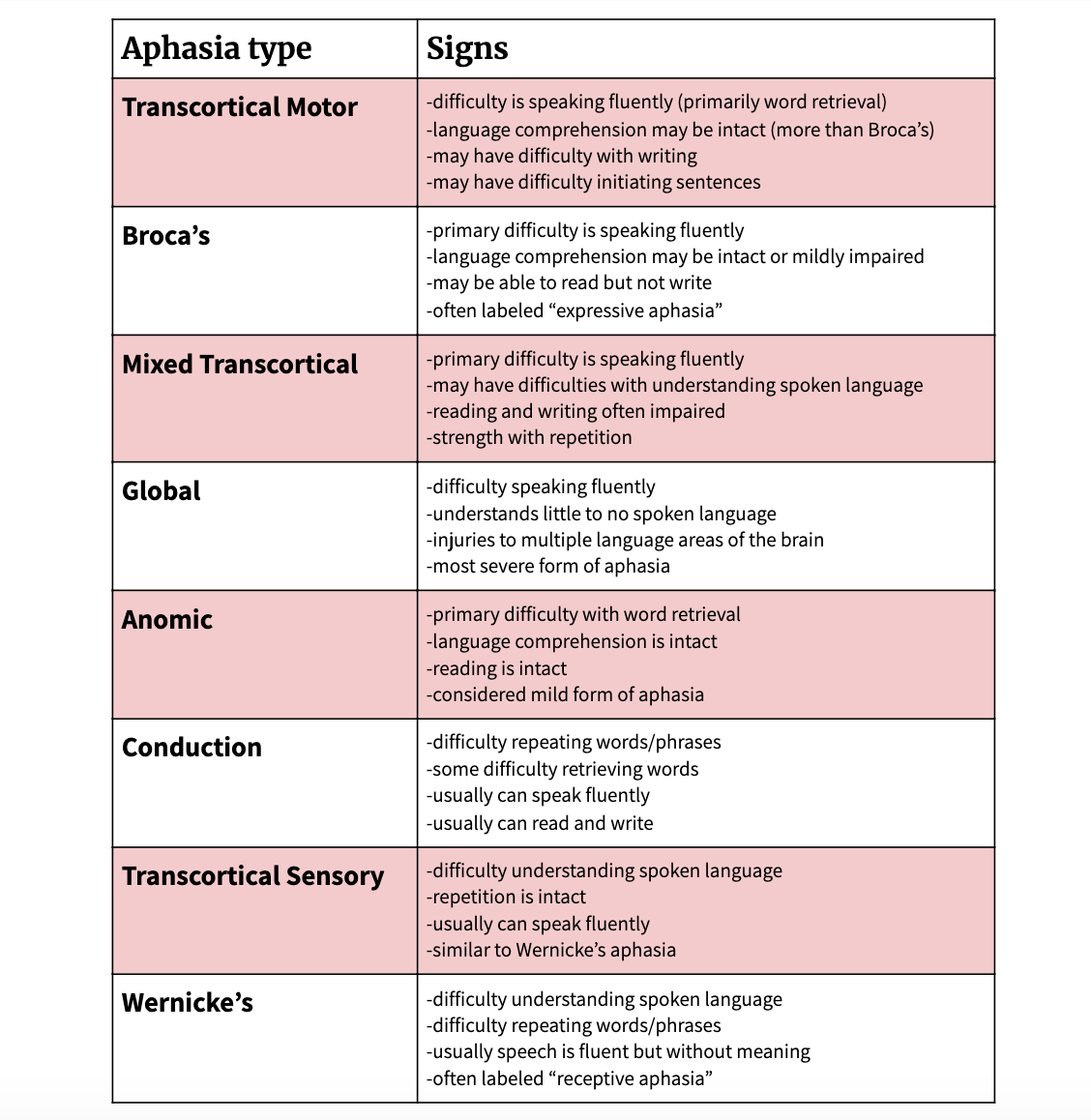
If you live with or are caring for a loved one with aphasia, you are not alone! The National Aphasia Association has several online communities and supports.
Have any additional questions for us? Feel free to reach out in our comments section below.
Citations/further resources:
https://my.clevelandclinic.org/health/diseases/5502-aphasia
https://www.asha.org/public/speech/disorders/aphasia/
https://www.aphasia.org/aphasia-definitions/
https://www.aphasia.com/aphasia-resource-library/aphasia-types/
https://www.aphasia.org/aphasia-resources/online-communities/

![What is Aphasia? [Intro & Types]](https://www.communicationcommunity.com/content/images/2024/08/What-is-Aphasia--Intro---Types-.png)
![How to Write Apraxia Goals [with goal bank]](https://www.communicationcommunity.com/content/images/2024/07/Apraxia-Goals--1-.png)
